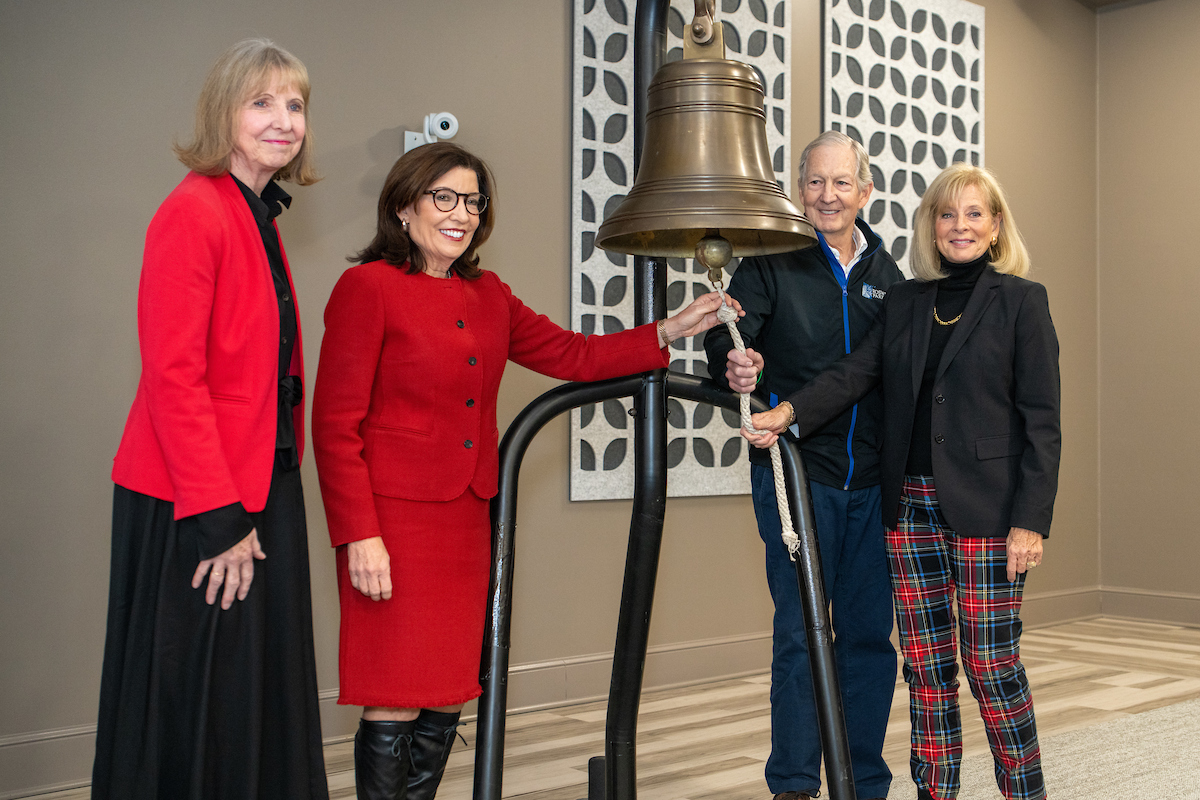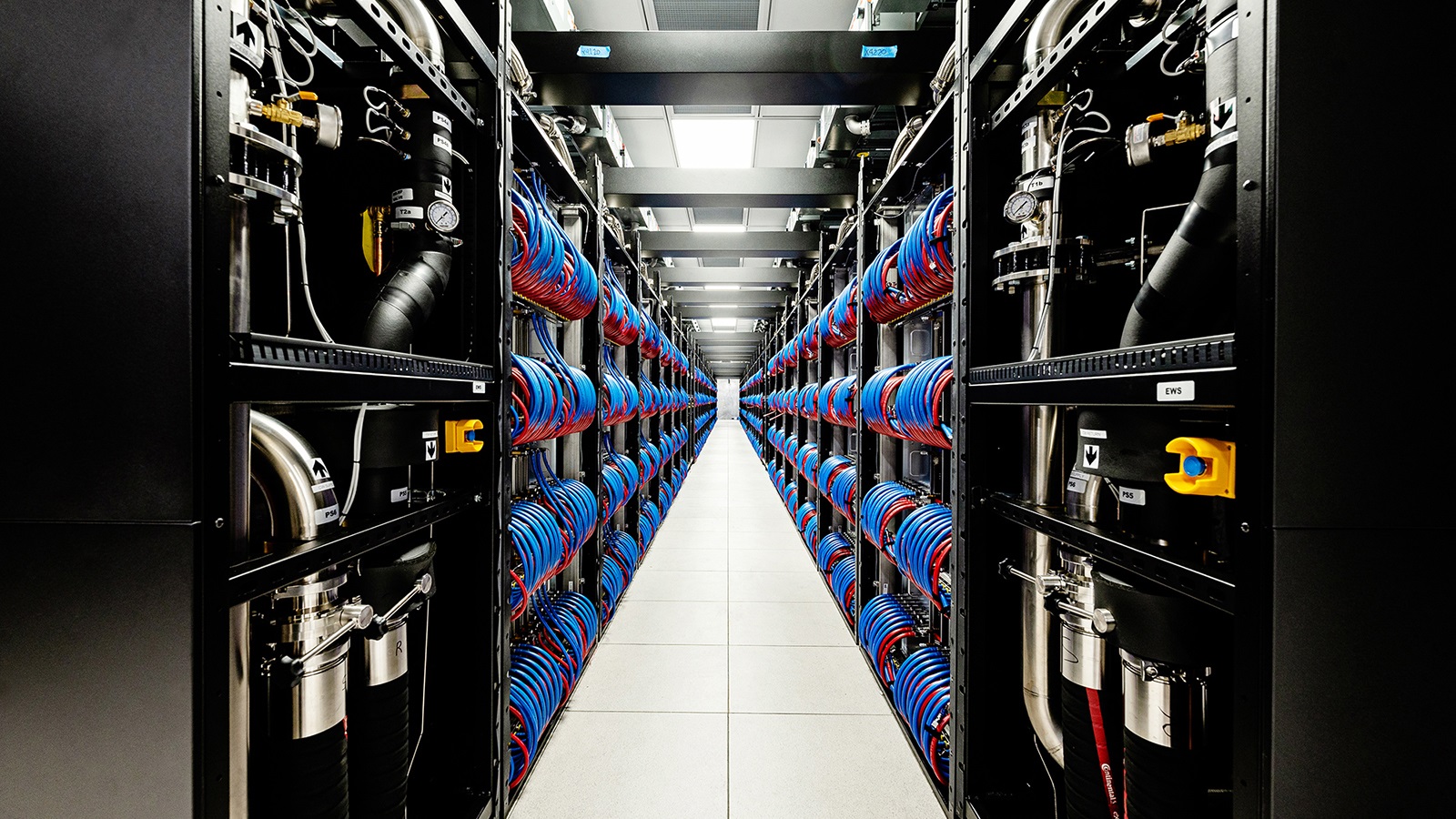The next generation of scientists and engineers, who will make the discoveries and create the technologies that will reshape our world, are currently sitting in our elementary and high schools, colleges and universities.
To help grow our next generation of leaders in science, technology, engineering and mathematics (STEM), the U.S. Department of Energy’s (DOE) Argonne National Laboratory offers multiple entry points for all ages of students to develop their STEM-related interests and passions. Through its Educational Programs and Outreach department, Argonne partners with communities to build strong STEM pathways in an effort to pique students’ curiosity, help them work in teams, and inspire them to pursue STEM careers.
Argonne’s educational programs are tailored to students at different ages and grade levels. Middle school and high school students, for instance, can participate in a virtual escape room or summer camp, while college-age students have the opportunity to work alongside scientific mentors at the laboratory in a paid internship appointment.
The diversity of Argonne’s educational offerings means that students with different interests can find something to pursue. Some students seek out the laboratory’s competitive events, like DOE Office of Science Regional Science Bowl — a science trivia competition — or the middle school electric car challenge. Alternatively, they can attend a summer coding camp or engage virtually with the laboratory on an online platform and social learning network called STEAMville. These programs and others give students firsthand experience with scientific research and discovery.
According to Jessica Burgess, STEM Education Outreach Lead, Argonne’s educational programs seek to nurture the creativity of students. “Often, formal STEM experiences can take the creativity out of the equation; there may be only one way that’s prescribed for doing an experiment,” she said. “Students often get this misconception that STEM is very ‘robotic’, and we try to show them it’s really anything but.”
“Argonne is a unique place, in that it can provide students from middle school onwards a physical place to experience science. Their exposure to our STEM community, our culture and our way of doing things gives them a glimpse into what their STEM future could look like,” added Institutional Partnerships director Meridith Bruozas. “But the idea is to make it not one and done.” STEM pathways are what keep students connected to both STEM and Argonne.
STEM pathways provide students with a cohesive set of connected learning experiences over the course of their academic career. The educational programs team has spent several years partnering with the Argonne Leadership Computing Facility, a DOE Office of Science user facility, to build a computing pathway that starts in middle school and ends with graduate student experiences. The computing pathway starts with exposure to computing through hands-on activities at STEM fests, classroom visits and other outreach events. Once students are hooked, they can grow their knowledge and skills in camps such as CodeGirls@Argonne, a camp that supports middle school girls; or Coding for Science, which focuses on learning a programming language called Python to help with solving science problems; or Big Data Camp, which teaches data science principles using real world problems and datasets.
“Students that come out of these camps have a clearer picture of what STEM path they want to take and generally come back to us in an internship or university experience”, said Argonne’s Learning Center lead John Domyancich. “The computing pathway provides students multiple touch points with Argonne in a way that both builds their computational skillsets and strengthens their identity as ‘STEM people’ at a critical time in their lives.”
Like in many other places, the recent pandemic forced at least a temporary change in Argonne’s strategy for reaching students. Though programming was shifted to an entirely virtual schedule for two years, Burgess said that the new approach did yield some important benefits. “With virtual programming, we’re able to reach so many more schools than we could have ever done before,” she said. “In many neighborhoods in the city of Chicago, for instance, arranging transportation to the laboratory has been historically a barrier; with virtual programming, we’re able to bring many STEM lessons to the classroom directly.”
Argonne has a strong reputation for designing and providing impactful STEM programming for all ages. According to Bruozas, the focus for the next five years will be to look at how to scale programming to reach more students. “We see strengthening our community partnerships as key to this work and by leveraging both our partners’ strengths and ours. We can create even more robust pathways and entry points into STEM while increasing the number of students impacted,” she said.
For the last six years, Argonne, University of Chicago and After School Matters have partnered to provide high school students from Chicago Public Schools a pre-internship experience, where students spend six weeks researching and developing sustainable action plans for communities on Chicago’s South Side. This highly successful program, called All About Energy, will expand next year by partnering with community-based organizations to provide this experience to even more students. Argonne also recently partnered with Northern Illinois University, the University of Illinois at Chicago and Upward Bound to pilot an artificial intelligence curriculum for high school students from the Aurora region, again looking to support local organizations while increasing students’ exposure to STEM.
To continue to build on this work, Argonne, Northwestern University and the Brazier Foundation have launched the South Side STEM Learning Landscape project, which will identify all STEM programming, community learning spaces and STEM employment opportunities within nine South Side communities and visualize them in a map. “Once the STEM landscape is created, we plan to host community conversations to co-develop STEM pathways with community members, STEM program providers and employers,” Burgess explained.
“Growing our next generation of STEM leaders starts with our middle and high school students,” Bruozas added. “If we don’t invest in our students early, we will lose our competitive edge as a nation in the future.”
Argonne National Laboratory seeks solutions to pressing national problems in science and technology. The nation’s first national laboratory, Argonne conducts leading-edge basic and applied scientific research in virtually every scientific discipline. Argonne researchers work closely with researchers from hundreds of companies, universities, and federal, state and municipal agencies to help them solve their specific problems, advance America’s scientific leadership and prepare the nation for a better future. With employees from more than 60 nations, Argonne is managed by UChicago Argonne, LLC for the U.S. Department of Energy’s Office of Science.
The U.S. Department of Energy’s Office of Science is the single largest supporter of basic research in the physical sciences in the United States and is working to address some of the most pressing challenges of our time. For more information, visit https://energy.gov/science.




